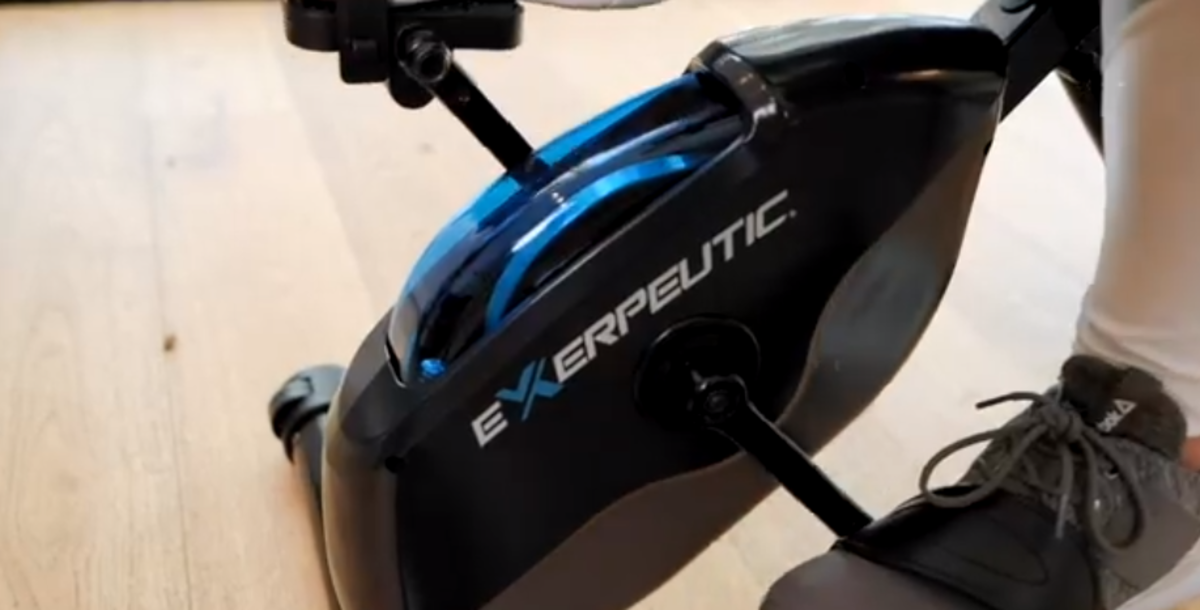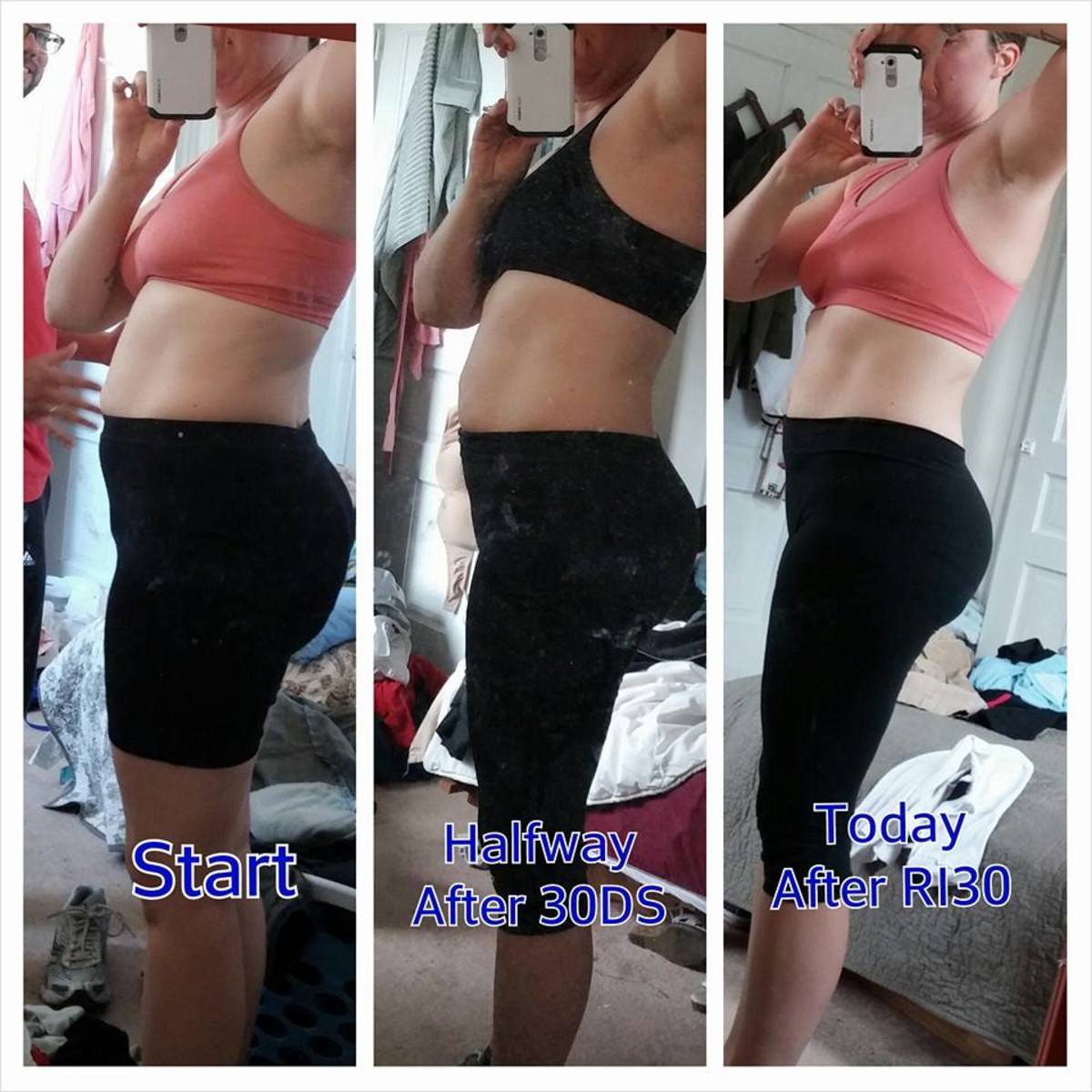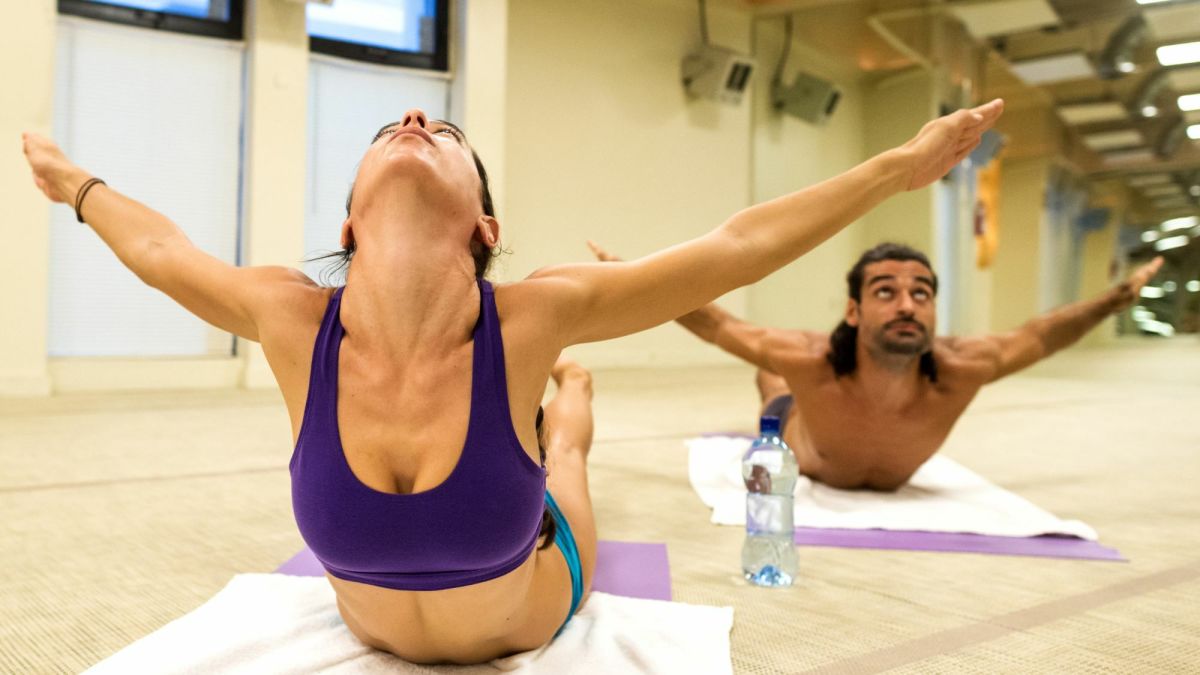How to Start and Stay with an Exercise Program
Over the weekend a new exercise program seemed like a great idea. I hopped on the bike, knocked out a couple of miles, did some sprints and even worked up a sweat. As part of my new workout plan I went home and knocked out some pushups and situps as well. I even took a good look at the pullup bar. But hey, don’t want to overdo it on the first day, right?
With no obligations and full days ahead, it was easy to confront my growing midsection (or were my pants just shrinking?) The problem came on Monday morning when I suddenly had to choose between sleep and getting up to exercise. It was either that or wait until 6 or 7 pm at the end of the day. Ugh. I had lost the motivation to work out and it was only my third day.
Fortunately for me, lacking the motivation to exercise is a common problem. I was able to find some great tips on setting up an exercise program and sticking to it. The word 'motivation' encompasses a multitude of subjects. Basically, to be motivated you need a strong personal reason to start becoming active, a plan with short and long term goals, and a way of marking and maintaining your progress.
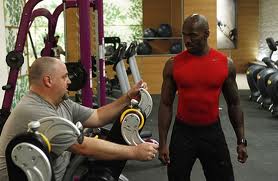
Getting Started
The fitness industry is packed with online programs, custom workout managers and personal trainers who are ready to help, but the catalyst to start must come from the individual. No amount of money or outside influence will get a person moving towards a fitness goal unless they have a personal reason to want to start.
A good reason can be as simple as wanting to look good, run a race, play with the kids, or to continue fitting into clothes. Whatever it is, begin posting reminders of this reason where they are highly visible. Tell people you trust about your reasons, and formulate a plan to begin.
The plan is important because it forces you to define the goal. It serves as a quick and easy reference to check your progress. It doesn't have to be complicated, just complete.
My personal reasons include fitting into a pair of $175 dollar jeans my wife bought me (why anyone spends this much on pants, I don’t know, and I think they were on sale...) I have these jeans hanging in the closet and have to get past them to find other clothes. In order to get into them I need to drop at least 2 pants sizes.
My plan is simple and includes riding my bike more and faster, and doing pushups and situps every other day until it hurts. The pullups will be in there somewhere as well. I know enough to rest when I’m too sore and not to work through injuries. Maybe it will get more complicated as I move ahead, but this initial plan is simple and easy to remember.
Losing Motivation
At some point you will lose the motivation to continue. It may be three months into your program or three weeks. Use these strategies to kick-start the engine:
-Remember/read your personal reasons for starting. Remember those reminders in highly visible areas? Re-read these often. Add to them if you like, but keep it simple. When things become too cluttered they are easy to ignore.
-Track your Progress: Record every workout in a journal. Once a month go back and check the progress you have already made. See? Things are moving along, and only because you kept going this far.
Before and after pictures are good as well. In one success story I read, the man took daily progress pictures, and he posted them on his blog.
-Start moving. Get up, swing your arms, move your head from side-to-side, up and down. Rotate your wrists, your hips, your knees. Now do partial squats while swinging your arms forward and back. Now stand straight and raise up on your toes. Do high enough repetitions to generate some body heat. Movement begets movement, and is often the best way to convince yourself to get started.
-Read success stories! Look at pictures of your fitness heroes. Reading about the trials and tribulations of people who have gone through these rough patches on their way to fitness success is inspiring. Realize no one is alone in this, and this stale spell is just part of the journey.
Find pictures of your 'fitness heroes' to put up on your wall, blog or screensaver. Admire the sinewy, ripped muscles of gymnasts? The thick, bulging look of a bodybuilder? How about the slim, powerful physique of a fitness contestant or female Crossfit athlete? We all have our favorites. Find yours and be inspired by them. They also took a personal journey to get where they are today.
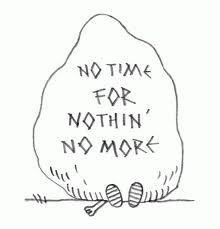
Difficulty Finding Time
In the average busy life, it can be hard to find enough time to exercise. However, almost everyone can find the time if they want to. Use these tips to create exercise time:
-Don't think of the big picture. If you feel that your time is wasted unless you put in 30 minutes of cardio and 30 minutes of resistance training (or any similar combination,) it's time to examine your workouts from a new angle. Studies show that as little as 5-10 minutes of intense exercise is better than doing nothing.
What is high intensity? Get warmed up, then hop on a stationary bike. Go as fast as you can for a minute straight. Really push! Now rest for a minute and repeat. Do this 10 times, going at all-out intensity.
By the time you are finished, it will be a better workout than any 60 minutes of moderate exercise, and you will done in half the time. Only have 20 minutes? Warm up and do 5 rounds instead of 10, or cut the rest periods in half.
This same concept works wonders for muscle-building also. Focus on compound movements and stack them together in complexes. Compound movements work multiple muscle groups and complexes string exercises together with no rest in between.
An example would be 3 rounds of the following barbell (or dumbbell) complex:
- High Pull from floor
- Power Snatch
- Back Squats
- Push Press
- Bent Over Rows
Choose a weight that allows you to do 6-8 repetitions with a little difficulty, and go from one exercise to the next without stopping. Rest 1-2 minutes between 'rounds.' With the warm-up, this workout should take about 15 minutes, but will leave your muscles burning and your lungs gasping for air.
You don’t have to use blood vessel popping intensity every workout. Exercise is important, so if you can't find time for a regular workout, make a habit of using small 'time pockets.' For example, everyone can find 5-10 minutes for some calisthenics or walking:
- As soon as you wake up
- During a work break
- During a lunch hour
- Before a meeting
- When kids are napping or at school.
Then there are always the old stand-bys: Park the car farther away, walk instead of driving whenever possible and use the stairs instead of the elevator.
Too Far from the Gym
No matter what you are into, being far from a gym shouldn't be a deterrent to exercising. There are many alternatives to working out in a commercial facility, such as:
- Running/walking/biking,etc.
- Bodyweight exercises including squats, pushups, pullups, sit-ups, planks, yoga, lunges, step-ups, isometrics...
- Adjustable dumbbells, kettlebells or free weight sets
- Resistance bands, suspension trainers.
Each category has its own encyclopedia of sub-categories, so if you can't get to the gym, create your own!
Medical Issues/Injuries
Never start a workout program if you are unhealthy without a medical check-up first. If you are injured, it is unwise to work through it as this can prevent or inhibit the healing process. The exception to this is physical therapy, which should be done with professional guidance when you are able.
Uncertainty
One reason people stop working out is uncertainty. Uncertainty about what to do next, how to go about designing an exercise program, or how to alter it once their workout routine has become stale and boring. The best solution to this is a personal trainer, either in person or online. Even if you have been doing P90X or a similar program, you will eventually run out of instructional video to follow.
A personal trainer maps your workouts, your progress, and is responsible for altering the program to keep you progressing towards pre-established fitness goals. A good trainer will also educate their clients, which is worth their fee all by itself.
Another option is to buy a new fitness program, or read books about a particular exercise mode (running, bodybuilding, strength training, etc.) However, nothing holds an unmotivated person accountable like a live body, so find some professional help and stay on track. Think of it this way, do professional athletes try to reach their athletic goals on their own? Not a one.
More on Motivation
Losing motivation goes back to uncertainty and your original reasons for starting the current exercise program. Make fitness a priority and establish:
- Short term goals
- Personal reasons for wanting this.
- Long term goals
-Personal: Why are you doing this? Just to be healthy enough to see your kids grow up, or to keep up with an active partner? Was your life in danger from obesity? The personal 'why' should be repeated in notes to yourself, motivational posters, photographs and public declarations to family and friends. This is the strongest reason to start and continue, and the one to never forget.
-Short Term: We love instant gratification, so it is hard to stay motivated for a goal that is six months or a year in the future. Set several short-term goals. Make them easy to accomplish. Line them up to slowly move you towards your goal.
For example, if you want to do 20 pullups within 5 months. set weekly goals:
Week 1: 1 pullup. Find a way to do one pullup by the end of week 1. You can do partial repetitions, jumping pullups, assisted pullups. By the end of this week get that 1 repetition.
Week 2: 2 pullups. “...”
And so on until you can do 20 in a row. Different people will reach this goal within different time periods, but the idea is the same. One person may be able to do 5 pullups and want to reach 25. The goal should be tailored to the individual.
Set small goals, don't do more, just do the small goal, and keep doing it until you reach the final stage.
-Long Term: You need to know where you want to end up. In my case, it is in a pair of overpriced denim, 20 pounds lighter with a lower bodyfat percentage and better endurance. Although I take small steps, I know where I’m going. You need to know as well.
It is amazing what you can accomplish by making a simple plan and taking small steps towards it. Along the way, you become inspirational to others on their journey. The process transforms your mental and physical state, as it must. As a tae-kwon-do master once told me, “to change your lifestyle, you must change your lifestyle.” Indeed, and so you do.
Find more on exercise and nutrition:
- Eating to Instantly Improve your Health-Pastured Eggs
Do you know where the best eggs come from? Some say free range hens fed organic diets produce nutritionally superior eggs, while others maintain there is no difference between factory farmed eggs and free range. This article will help define both sid - Losing Body Fat -The Essential Steps to Getting Rid of Those Unwanted Pounds
Find out how to get rid of that belly, the right way! No tricks or gimmicks, just the truth behind losing ab fat. - Build Muscle by Eating Less Protein?
How much protein do you need to eat each day? How much do you need to eat to build muscle? The answers may surprise you. - Core Exercise Equipment that Really Can Help you Get a Six-Pack
There are a lot of six pack ab gimmicks out there, and they all want your money and claim they work. Don't believe the hype. Check out a few pieces of core workout equipment that really work your abs and everything surrounding them. - Core Exercise Equipment that Really Can Help you Get a Six-Pack
There are a lot of six pack ab gimmicks out there, and they all want your money and claim they work. Don't believe the hype. Check out a few pieces of core workout equipment that really work your abs and everything surrounding them. - Which Resistance Bands Should you Choose?
Resistance bands build strength, muscle and endurance, and they go wherever you do. But how do you choose the right ones? Read on to find the best resistance bands available. - Bodyweight Training-Fast Functional Fitness
Bodyweight exercises can be humbling, but they are useful and functional exercises that everyone should have in their workout program. Use these tips and examples to get started today. - Great Workouts to Build Chest Muscles
Strong chest muscles are functional and look great. Use these simple home workout routines to build strength and muscle with only bodyweight exercises! - MosLadder








